Mark Levinson No436 Bruksanvisning
Mark Levinson
mottagare
No436
Läs gratis den bruksanvisning för Mark Levinson No436 (40 sidor) i kategorin mottagare. Guiden har ansetts hjälpsam av 24 personer och har ett genomsnittsbetyg på 4.6 stjärnor baserat på 12.5 recensioner. Har du en fråga om Mark Levinson No436 eller vill du ställa frågor till andra användare av produkten? Ställ en fråga
Sida 1/40

Owner’s Manual
Nº436
Nº434
Produktspecifikationer
| Varumärke: | Mark Levinson |
| Kategori: | mottagare |
| Modell: | No436 |
| Färg på produkten: | Zwart |
| Bredd: | 52 mm |
| Djup: | 83.2 mm |
| Höjd: | 15 mm |
| Ljudformat som stöds: | AAC, AC3, HE-AAC, MP1, MP2, MP3 |
| Videoformat som stöds: | AVS, H.264, MPEG2, MPEG4, VC-1 |
| Ethernet LAN: | Nee |
| Medföljande kablar: | USB |
| Integrerad minneskortläsare: | Nee |
| Antal USB-anslutningar: | 1 |
| Grafikupplösningar som stöds: | 1920 x 1080 (HD 1080) |
| Kompatibla operativsystem: | • Android 4.1.2 and later\r\n• Windows 8.1*\r\n• Windows 7*\r\n*Windows 7 and 8.1 compatibility requires support for Intel WiDi. |
| Ljudutgångskanaler: | - kanalen |
| Antal HDMI-utgångar: | 1 |
| Fjärrkontroll ingår: | Nee |
| Wifi: | Ja |
| Uteffekt per kanal (20-20KHz@8 Ohm): | - W |
| Inkluderar optisk enhet: | Nee |
Behöver du hjälp?
Om du behöver hjälp med Mark Levinson No436 ställ en fråga nedan och andra användare kommer att svara dig
mottagare Mark Levinson Manualer

28 December 2024

19 September 2024

10 September 2024

10 September 2024

10 September 2024

10 September 2024

10 September 2024

10 September 2024

10 September 2024

10 September 2024
mottagare Manualer
- Humax
- Avantree
- CE Labs
- Esoteric
- Optex
- Cayin
- Denon
- KanexPro
- BuonaIdea
- InLine
- Audix
- Pyle
- NAD
- August
- Topp Pro
Nyaste mottagare Manualer

19 Oktober 2025
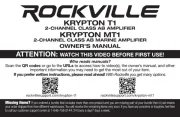
19 Oktober 2025
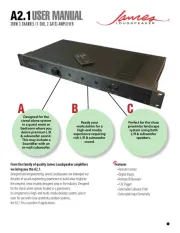
18 Oktober 2025
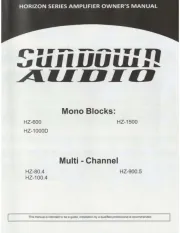
18 Oktober 2025
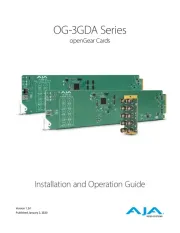
18 Oktober 2025
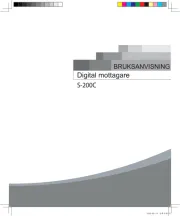
18 Oktober 2025
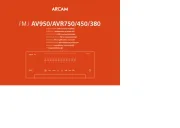
17 Oktober 2025

15 Oktober 2025

15 Oktober 2025

15 Oktober 2025